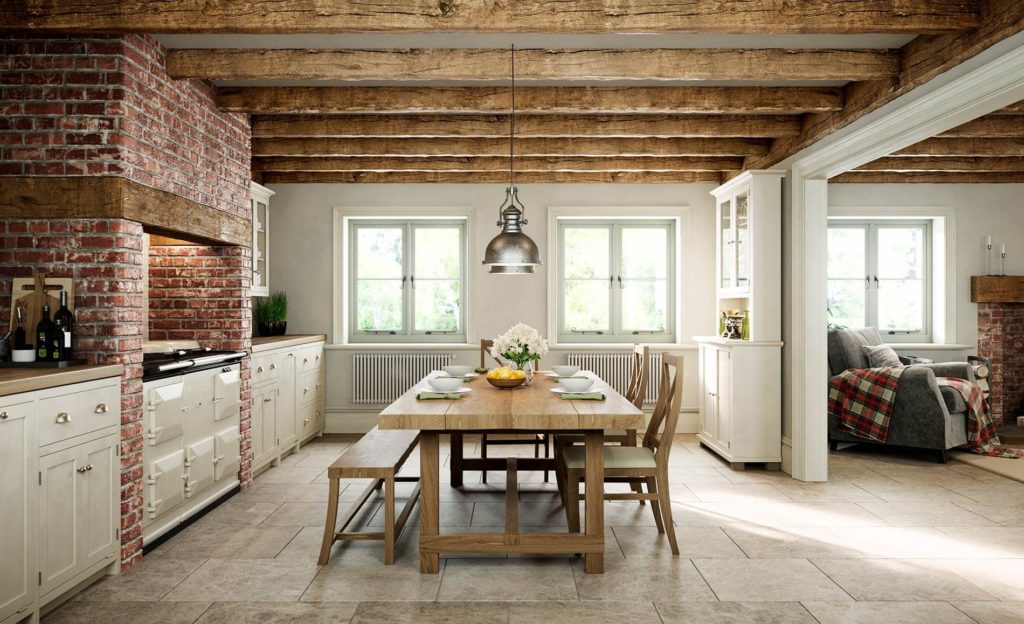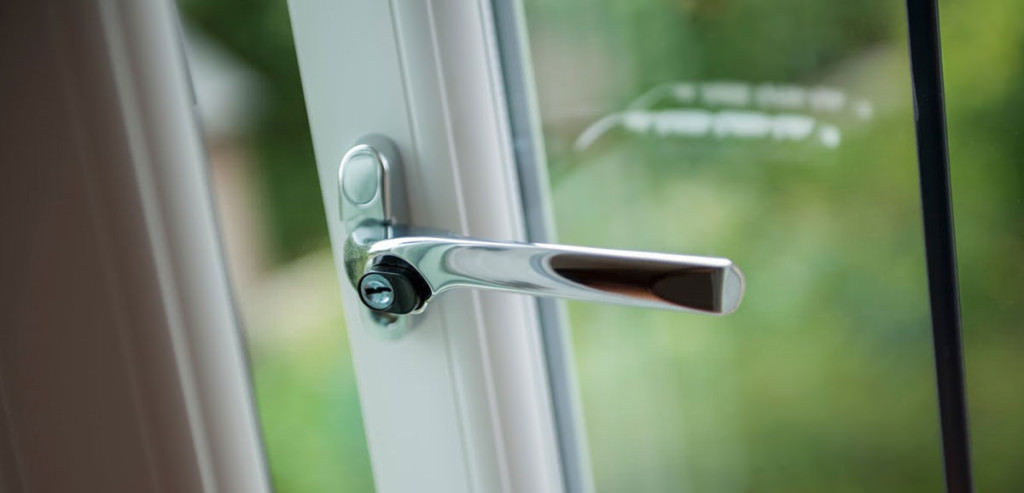It’s National Home Security Month
18th October 2023 Comments
18th October 2023 Comments

We’re right in the middle of National Home Security Month. Since we’re in the midst of autumn, and nighttimes are getting longer, we wanted to raise awareness for one of the most common types of theft. The smash and grab. As the name implies, a would-be thief smashes the window to grab what they can. In Leeds alone, there have been many instances of this crime, including the June incident where axe-wielding thieves broke through a jewelry shop window. Now, of course, you’re not advertising thousands of pounds worth of jewelry on the side of your windowsill. However, that doesn’t mean you shouldn’t think of your home as a potential target for intruders.
Whether you’re in a big city like Leeds or a quiet neighborhood on the outskirts, it’s important to understand that your window is a point of vulnerability for attackers to exploit and more importantly, how they can exploit it. Our top three points of criteria when assessing your window are:

A window’s durability can be measured by the strength of its frame and its glazing. Wooden frames get softer the more moisture they absorb, uPVC frames warp, bend, and twist due to the sun’s UV rays and even aluminium frames corrode over time (albeit over the course of decades).
We, of course, recommend aluminium for security regardless, however, uPVC is still a very budget-friendly security measure as it’s still a very durable material that can’t be cut through without making a good amount of noise.
That being said though, the frame itself is much less of a risk than the glazing. The majority of people are often shocked to find out how difficult it is to break a double glazed window. Typically, double glazed windows are either 2 layers of glass that either have a vacuum within or heavy inert glass. These layers act as one cohesive barrier of protection as opposed to multiple layers, making them shockingly difficult to break through.
On the other hand, single glazed windows often depend on the durability of the glass itself and its bonding adhesive to the frame. Unless you have tampered glass with security film, single glazed windows are often very vulnerable to a loosely thrown rock.
With a few keystrokes and clicks, you can find a wealth of information on locks, and what’s more terrifying is how easy it is to learn how to exploit them. We definitely recommend researching your own locks, but we do suggest checking how many points of contact it uses to hold the window in place. For example, if you lock your window, and a single bolt shoots out to hold it into place, this is called a single point lock. At Double Glazing Leeds, we recommend Multi Point locks on every window in your household, which is why we’ve made it standard practice.
It’s also best to check where they are in their lifespan. Windows can survive up to decades without needing to be replaced, but the average life span of a window lock is give or take 7 years. Check if they’re stiff to use if the unlocking motion feels too soft and of course, just have a look at their overall condition.

We mentioned earlier that the different materials used for frames degrade over time. The universal signs to look out for across the 3 materials are as follows:
Even though condensation is a common affliction for most homes, if you’re noticing them on our windows specifically, it’s a tell-tale sign that your windows have what’s known as a failed seal. Meaning that your window is now allowing outside temperatures into your home. Not only is this a sign of poor energy efficiency, but it also means that the bond holding your glazing in place is getting weaker.
Even if there isn’t condensation appearing, if you start to notice cold spots in your home or a slight breeze that wasn’t there before, it could mean that your windows have cracks within the frame which is beginning to leak external weather into your home. This is especially common with timber frames.
We’ve previously mentioned that double glazing acts as one cohesive layer of protection, not only is it an insulator and added security, but it serves to keep out noise pollution. If you notice sound entering the house where it otherwise wouldn’t have, it means that vibrations are now passing through the entirety of the window. Unlike condensation and draughts which can be chalked up to wear and tear, noise pollution is a more subtle sign that indicates structural degradation.
We offer advice from industry specialists who are ready to give recommendations specific to your household. Get in touch today and keep your home safe.